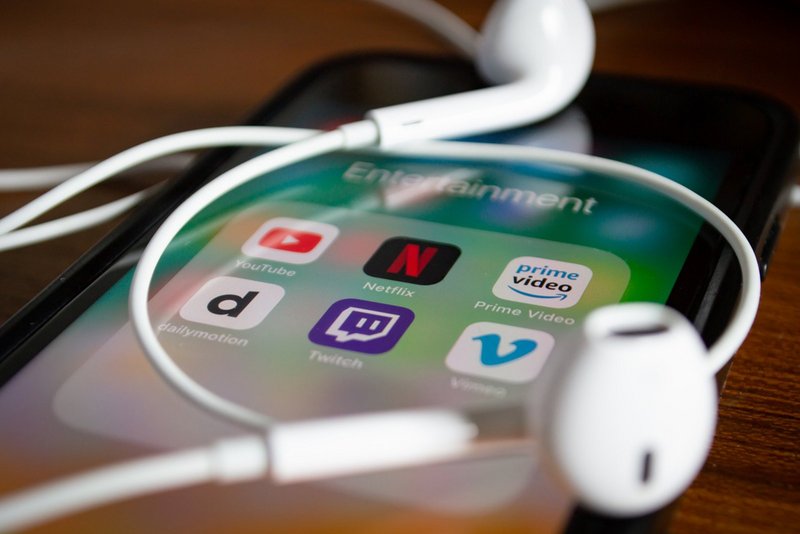
Where do memes come from?
By BASIC thinking
An Internet without memes? Simply inconceivable! But where do memes actually come from and how do they go viral? A look at a viral Internet phenomenon.
Hilarious cats, dancing babies or cartoon characters with text – memes are an online phenomenon that have become an integral part of the Internet. A meme is shared on social media as a link or file and is usually an image to which short, pithy texts have been added.
Countless new memes are created every day. These mostly quirky word/image combinations may have funny or political messages, and Internet users love to share them via social networks such as Facebook, Twitter and WhatsApp. But very few people probably know the history of memes. Where did the term originate? What does it mean and how do memes go viral on the Internet?
Memes were around long before the Internet
Memes have been a viral phenomenon on the Internet since the 2000s. But what many don’t know is that memes have been around a whole lot longer than that. The word “meme” is actually a neologism. The term was probably coined in 1979 by the British biologist Richard Dawkins in his book “The Selfish Gene”. In this, Dawkins describes memes as ideas or concepts that find their way into popular culture and are not only shared there, but also changed. Dawkins said that only genes mirror such behaviour otherwise.
Memes do not always have to be photos. They can also be videos, GIFs, symbols, words or even gestures and rituals. But they are almost always used to spread a certain message. This might be a joke or political commentary. Before the Internet existed, memes were often comic drawings or graffiti that spread around the world. These include, for example, the graffiti produced by the street artist Banksy.
There are no limits to imagination
But the Internet has made it much easier to create and share memes. Most memes are designed by users on their own PCs. They will often take a familiar photo or video for this and add their own text or subtitles. Alternatively, they may produce or edit graphics to create new memes. Once a meme has been created, it is shared via social networks. Most memes are first circulated on Reddit, /pol/ or 4chan. From there, they find their way to other networks like Twitter, Pinterest, Facebook and WhatsApp.
While they are the source of much humour on the Internet, they can also be used to spread messages of hate or racism. In other words, they may have a positive or negative effect. Companies such as Sixt and BVG have also shown just how big of an impact memes can have by achieving consistent advertising success through using or sometimes creating memes for their social media activities in particular. Memes have a subliminal effect on consumers through their combination of virality and humour. Users then want to be associated with what they perceive as the modern, open, easy-going companies using them.
So, memes have long been part of our digital lives. Besides the fun and entertainment they offer us, they also harbour dangers. We should remember this and consider briefly the message a meme may be intended to convey – and who might be behind it – before clicking “Share”.
About the Author:
BASIC thinking is an online magazine and is one of the widest reaching tech platforms in German-speaking countries. The magazine reports about social media, marketing, and business topics daily.



